Tasks
|
Dip the frames into the soap water.
Explore the shapes they make. |
|
Try a new frame. Try to predict what will happen.
Was your prediction correct? |
|
How many soap faces intersect at an edge? How many soap faces intersect at a point? What angles do they make? |
|
Maths
Soap water has an elastic skin that is always pulling to make itself as small as possible. This is why bubbles are round – a round bubble has the smallest possible surface area.
When we dip the frames into the soap water, the soap water wants to connect the edges while being as small as possible. The surface area is as small as possible when the faces are flat, and when three faces meet at an edge at angles of 120˚, or six faces meet at a point at angles of 109.5˚. These are known as Plateau’s Laws.
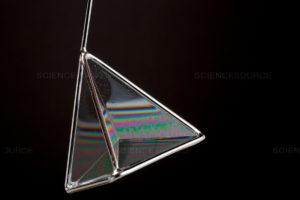 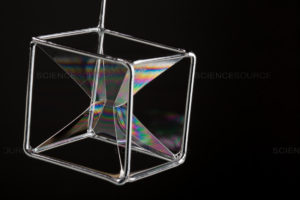
|
History
2000 years ago, Greek scientist Archimedes believed a sphere was the smallest possible bubble (for a given volume of air). This was finally proven mathematically in 1885 by a German Mathematician Hermann Schwarz.
Plateau’s Laws were first observed by Belgian physicist Joseph Plateau in 1873. These rules were finally proven to give the smallest possible surface area in 1973 by American mathematician Jean Taylor.
|
People
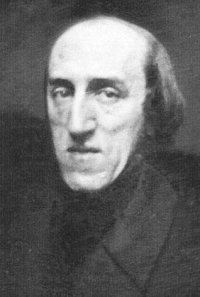 Joseph Plateau: 1801 – 1883 Joseph Plateau: 1801 – 1883
Joseph Plateau was a Belgian physicist who studied light and colour. In 1832 Joseph invented a device that gave a sequence of images the illusion of movement, an early form of animation. In 1873 Joseph studied soap films and observed how many soap films meet at an edge and at a point. These are known as Plateau’s Laws. |
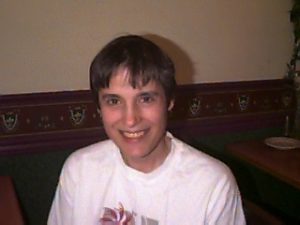 Jean Taylor: 1944 – Present Jean Taylor: 1944 – Present
Jean Taylor is an American mathematician who currently lives in New York. Jean studied maths at the University of Warwick in the UK, before doing a PhD in Princeton back in the USA. In 1976 Jean proved Plateau’s Laws make the surface area of soap film as small as possible. |
|
Applications
Minimal surfaces are used in architecture, where they can be used to make very wide but lightweight coverings. For example, soap film was used in the design process of the Olympic stadium in Munich. Minimal surfaces are also used in art.
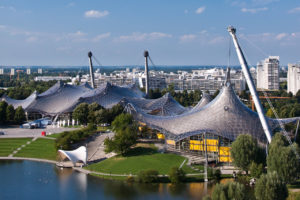 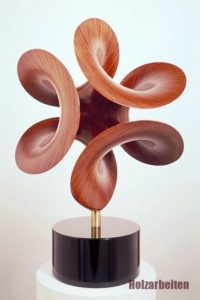
|
Maths at Home
Make your own super bubble solution with this recipe:
You Need:
- Good quality washing up liquid, such as Fairy.
- Water
- Glycerin/Glycerol
- Add 250ml of washing up liquid to 1 litre of water. Stir slowly until the soap is mixed in. Try not to let foam or bubbles form while you stir.
- For longer lasting bubbles, add 1 tablespoon of glycerin. Stir the solution until it is mixed together.
- You can use the solution right away, but to make even better bubbles, put the lid on the container and let your super bubble solution sit overnight.
How big of a bubble can you make? How many bubbles can you make in one breath?
|